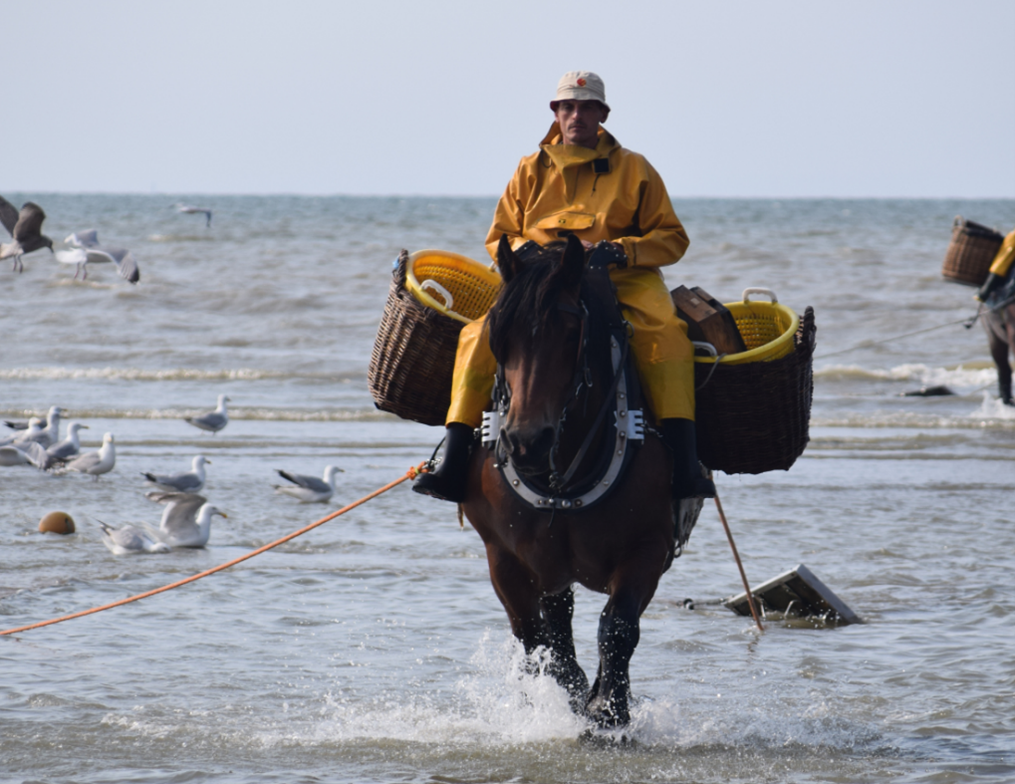Home » Session 1: Intangible Cultural Heritage and its Importance to Rural Sustainability
Managing and Safeguarding Intangible Cultural Heritage for Rural Sustainability
Session 1: Intangible Cultural Heritage and its Importance to Rural Sustainability
Intangible cultural heritage (hereafter “ICH”) exists in various aspects of our daily life, for example, local festivals, stories and legends transmitted among communities, traditional foodways and oral expressions. It provides communities with “a sense of identity and continuity”, encourages creativity and promote mutual respect for cultural differences (UNESCO, 2003) and is closely related to gender equality, creativity, education, health, and economy. It reflects cultural diversity and guarantees sustainable development. However, globalisation and urbanisation have been posing threats to the sustainability of ICH. This session briefly introduces the concept of ICH, the threats it is facing, and why safeguarding ICH is important to rural sustainability.
What is ICH?
While tangible cultural heritage exists physically, ICH does not. According to the 2003 Convention for the Safeguarding of the Intangible Cultural Heritage, ICH “means the practices, representations, expressions, knowledge, skills – as well as the instruments, objects, artefacts and cultural spaces associated therewith – that communities, groups and, in some cases, individuals recognise as part of their cultural heritage”. The Convention further points out that ICH is “transmitted from generation to generation” and is a living heritage that changes over time, “constantly recreated by communities and groups in response to their environment, their interaction with nature and their history” (UNESCO, 2003).
ICH covers, inter alia, the following domains:
- oral traditions and expressions, including language as a vehicle of the intangible cultural heritage (e.g. story-telling, proverbs, riddles);
- performing arts (e.g. traditional music, dance, drama);
- social practices, rituals and festive events;
- knowledge and practices concerning nature and the universe (e.g. traditional knowledge about herbs and their application, astrology); and
- traditional craftsmanship (e.g. traditional food making, vernacular building techniques).
ICH changes to acclimate to surrounding environment and conditions as rural communities develop. ICH survived over time and handed down to us from the past are excellent references for pursuing economic, environmental and social sustainability.
Threats to ICH
Under globalisation and urbanisation, many ICH elements are facing threats and risks. For example, ICH practices are sometimes being rescheduled and repackaged to become tourism performances. Such decontextualisation of ICH may cause the community members to lose interest in transmitting it as they feel that the ICH elements are no longer meaningful to them spiritually and culturally. When attracting audiences and customers to generate income have become the main goal in itself, it would cause overcommercialisation of the ICH elements, hampering their significance for the communities concerned (UNESCO, 2016b).

have been commercialised and are facing the threat of becoming merely tourist attractions.
Among the numerous ICH elements, many are created and devised by rural communities and are closely related to the natural environment that the rural communities inhabit, such as forests, grasslands, drylands, wetlands, seas, mountains as well as agro-ecosystems. Examples of rural ICH include languages and traditional songs of ethnic groups, rituals related to agriculture production and harvesting, seasonal practices of pastoral farming, and the skills of making nets and boats for fishing. Rapid rural-urban migration is currently threatening the viability of many of them.

Importance of ICH to Rural Sustainability
ICH is important to rural sustainability as they are often the fundamentals of many social, economic, and cultural interactions of the rural communities (UNESCO, 2015b). For instance, traditional practices of integrated crop-livestock farming system follow the principles of sustainable use of natural resources, and its application, in return, help increase rural communities’ resilience to natural disasters and climate change. Economically, traditional craftsmanship can be an important income source for the rural communities. ICH-related tourism activities can also drive local economic development. Socially, traditional festivals forge closer bonds between individuals in rural communities.

and eat pests and weeds. It increases rice production,
enhances food security, and raises farmers’ income.

Oostduinkerke (Belgium) has become a tourist attraction
and remains important to the horse fishers’ sense of identity.
The annual Shrimp Festival features a shrimp parade
and a shrimp catching contest for children.

in Hong Kong helps maintain cohesion among the villagers.
Continue to "Session 2: Safeguarding Measures for ICH and Examples of Best Practices"
© 2022 Centre for Civil Society and Governance at The University of Hong Kong
Except where otherwise noted, contents of this e-study is licensed under a Creative Commons Attribution-NonCommercial-ShareAlike 4.0 License.
![]()


